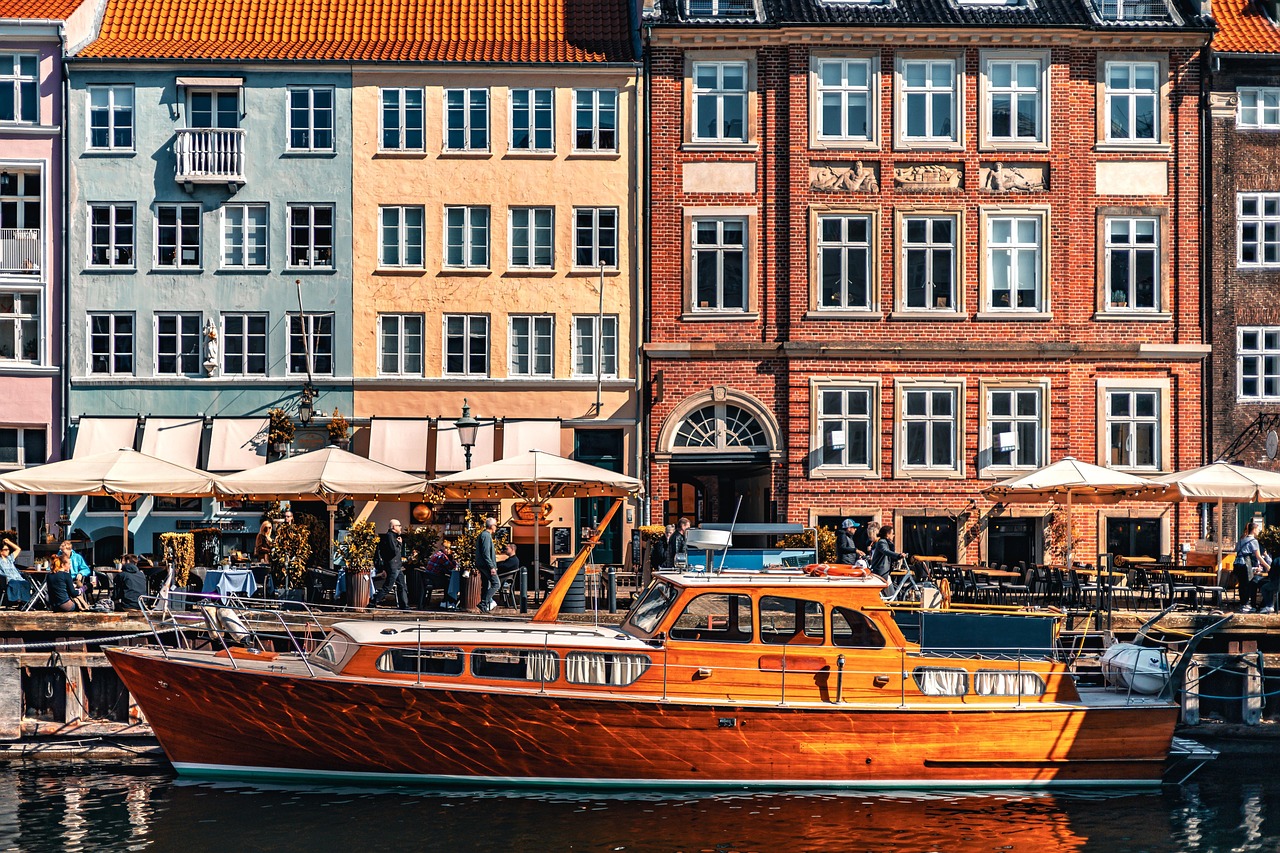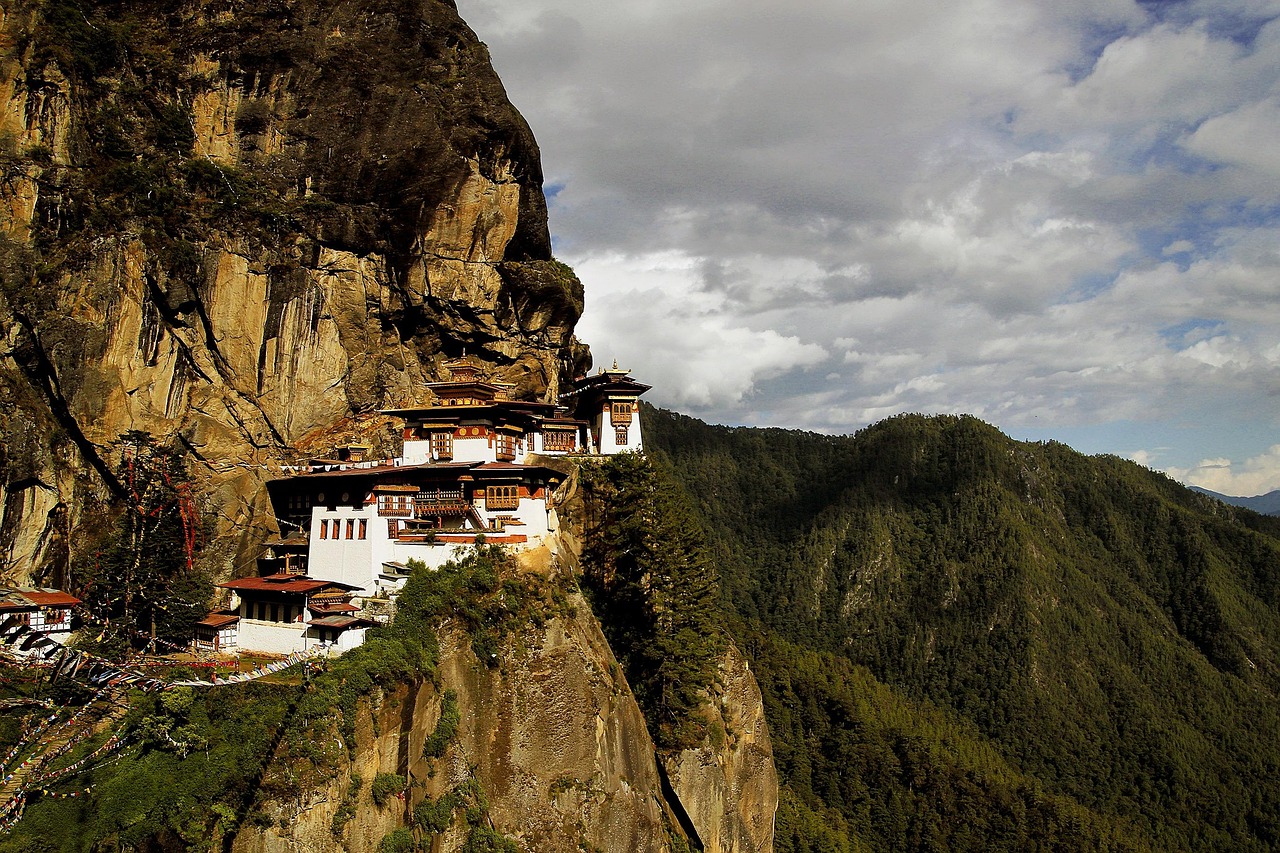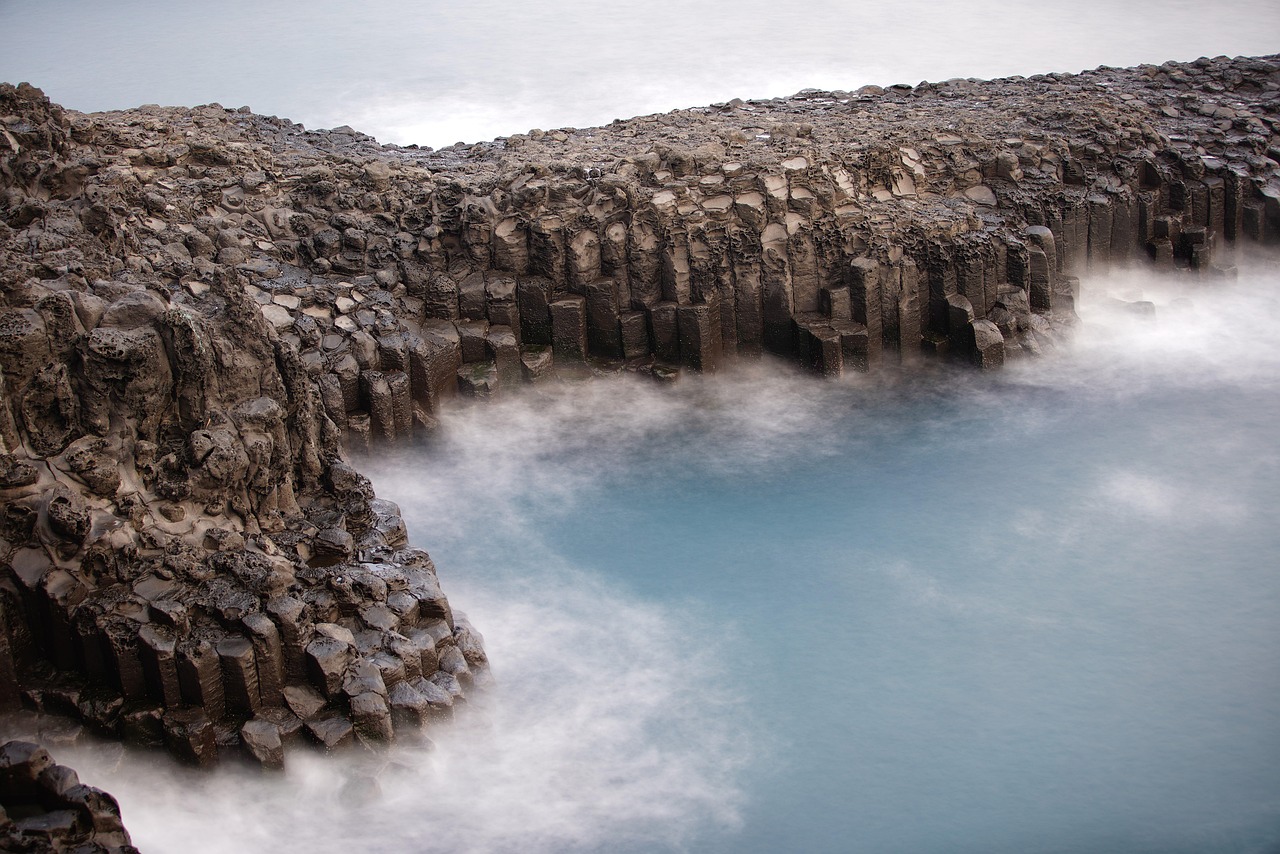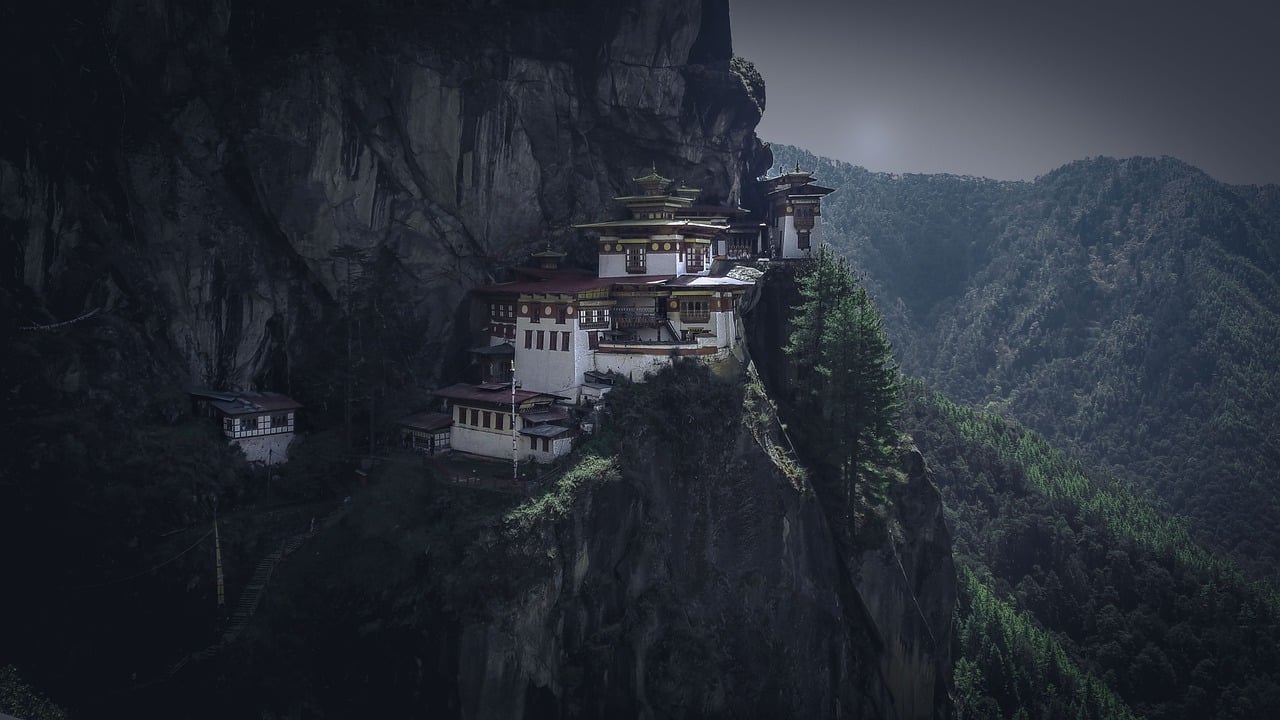As mainstream tourism destinations become increasingly overcrowded, savvy travelers in 2025 are seeking authentic experiences in lesser-known locales. This shift reflects a growing desire for sustainable tourism that benefits local communities while providing unique cultural immersion. Join us as we explore five extraordinary destinations that offer the perfect blend of adventure, natural beauty, and cultural richness—without the crowds.
Check out best travel rates through https://trip.tp.st/pxtupYzM
Strasbourg's Hidden Canals, France

While Paris struggles with over tourism, Strasbourg has emerged as France's new cultural jewel for discerning travelers. Beyond the famous cathedral and Petite France district lies a network of lesser-known canals and neighborhoods where locals actually live. In 2025, small eco-friendly boat tours run by residents offer intimate glimpses into Strasbourg's rich history and contemporary life. The city has invested in a remarkable series of "hidden gardens" alongside the waterways, accessible only by boat or on foot through unmarked passageways between buildings. Visitors can enjoy farm-to-table meals at family-run restaurants where no English menus exist—translation apps welcome!
Local tip: Visit during the autumn harvest season when the nearby vineyards come alive with festivals celebrating Alsatian wine traditions, featuring small-batch producers who don't export their coveted vintages.
Paro Taktsang Beyond the Instagram Shot, Bhutan

Bhutan's controlled tourism approach has preserved its cultural identity, but most visitors follow identical itineraries centered around photographing the famous Tiger's Nest monastery. In 2025, Bhutan has introduced extended-stay programs allowing travelers to experience the monastery beyond the typical half-day visit. New initiatives include overnight meditation retreats in nearby caves once used by Buddhist mystics, guided by monks who share ancient practices. Early-morning access permits before regular tourist hours provide a rare opportunity to witness monks performing traditional ceremonies in solitude.
Bhutan's government has also developed hiking routes connecting remote villages where tourists can participate in daily life, learning traditional crafts and agricultural practices. These community-based tourism initiatives ensure tourism revenue directly benefits rural populations while offering travelers authentic cultural immersion impossible to find on standard tours.
São Miguel's Volcanic Wonderland, Azores

Portugal's Azores archipelago has managed to stay relatively under the radar despite increased European interest. São Miguel, the largest island, is pioneering innovative approaches to sustainable tourism in 2025. The island's network of volcanic calderas, thermal pools, and crater lakes now features a series of newly opened hiking trails accessible only with local guides, limiting daily visitors to preserve fragile ecosystems. These routes reveal hidden geothermal features where travelers can experience natural hot springs without the crowds at more famous spots.
The island's commitment to sustainable agriculture has created a unique farm-stay program where visitors participate in traditional farming methods unique to volcanic soil, including tea cultivation on Europe's only tea plantations. The "Volcanic Kitchen" initiative connects travelers with local families to prepare meals using cooking methods that harness natural geothermal heat—a culinary experience impossible to replicate elsewhere.
Naoshima's Art Immersion, Japan

While Tokyo and Kyoto battle overwhelming tourist numbers, Japan's "art island" of Naoshima in the Seto Inland Sea offers a perfect alternative for culturally-minded travelers. In 2025, the island has expanded beyond its famous museums to transform entire neighborhoods into living art experiments. New artist residency programs invite visitors to participate in creative workshops alongside international and Japanese artists. The island's revitalization project has breathed new life into abandoned houses, converting them into small-scale exhibition spaces where traditional Japanese architecture meets contemporary installation art.
What makes Naoshima special is its integration of art with community life—visitors can stay in minshuku (family-run guesthouses) where locals share stories of the island's transformation from declining fishing village to international art destination. New guided experiences include nighttime art tours when projections and light installations transform the landscape, and dawn meditation sessions within James Turrell's optical illusion artworks.
Siargao's Sustainable Paradise, Philippines

Once known primarily to surfers chasing the perfect wave at Cloud 9, Siargao has transformed itself into a model for sustainable island tourism by 2025. Learning from over tourism mistakes in Boracay and Palawan, Siargao implemented strict development regulations preserving its pristine beaches and palm-fringed roads. The island's innovative "reef guardian" program trains visitors in coral conservation techniques, allowing them to participate in reef restoration projects alongside marine biologists.
What distinguishes Siargao is its community-owned tourism infrastructure—many accommodations and tour operations are cooperatively owned by islanders, ensuring tourism benefits are widely distributed. The island's "forest kitchen" experiences take travelers into mangrove forests to learn traditional cooking methods from indigenous communities, using ingredients harvested sustainably from land and sea. Visitors can explore hidden lagoons and caves through newly mapped kayak routes that limit environmental impact while providing access to stunning natural features previously known only to locals.
As we look ahead to travel in 2025, these destinations represent a new paradigm where adventure and authenticity coexist with responsibility and sustainability. By venturing beyond the familiar tourist circuits, travelers gain richer experiences while contributing positively to local communities and ecosystems. The true luxury of modern travel isn't found in exclusive resorts or famous landmarks, but in genuine connections with places still discovering their place on the global tourism map. For those willing to step off the beaten path, these five destinations offer glimpses into the future of thoughtful travel.



0 Comments